GUIDE
3 key shifts to optimize operations
- Navigate the complexity of operational challenges with a strategic overhaul, breaking free from incremental fixes to embrace transformative solutions that lead to unprecedented success.

Have you ever had a moment where you look around at the work to be done, buried in a pile of insurmountable backlog and processes, and wonder how you might escape the never-ending cycle of operational suck that you are in?
Odds are, you didn’t get there overnight.


As your business grows and scales, so do operations. The traditional approach is to add headcount and build processes and policies addressing new issues as they arise, reacting to your team’s in-the-moment workload and demands. While these techniques to adapt your team to the business can be effective, they become additive over time. And when increasing headcount isn’t an option, the fallback is to pile on more and more processes and policies to wrangle in variability in supporting growing scale, like building additional floors to a building on a faulty foundation. You become your own operational bottleneck as the organization labors through ineffective, artificial scaffolding.
The truth is these approaches only solve surface-level problems. They solve immediate business needs rather than the root challenge driving ineffective patch-work operations. And over time, these approaches become operational debt that impacts the broader organization’s ability to grow. Long story short, you become the operational nightmare.
DemandSage reported that
of Americans experienced a layoff in the last 2 years, with
of companies expecting to layoff employees in 2024.
Redefining operations for maximum efficiency
As many organizations face economic shifts, forcing a reduction in headcount and a pivot to prioritizing revenue-generating activities, they will once again turn to a traditional approach of additive process, policies, and headcount. In today’s business environment, this approach simply won’t address today’s challenges. Leaders need to reimagine what operations look like.
By identifying the root challenges in your operations, you can discover the largest bottlenecks and the constraints and opportunities they present. This approach enables you to focus on incremental improvements that deliver significant impact with minimal effort. It opens up the possibility for you to test various strategies, guiding you towards the most sustainable and effective path forward for your organization.
Three strategic shifts for sustainable operational success
Here are three things any organization can do right now to shift from reactive solutioning to long-term, sustainable operations.
The impact of operational innovation on business growth
Imagine the benefits your organization will experience when you reimagine your operations by creating a sound foundation of operational efficiencies through purpose-driven business functions, a sustainable workforce model decoupled from organizational lifecycles, and automation, eradicating inefficient manual processes. This approach is more than reducing wasted time or eliminating unnecessary costs; it’s about recognizing the multiple facets that impact your organization’s operations and addressing this landscape in its entirety. As internal and external environments change, so must your approach. Leveraging these three constructs will enable you to manage your operations through ebbs and flows, maximizing their impact on revenue-generating activities.




















